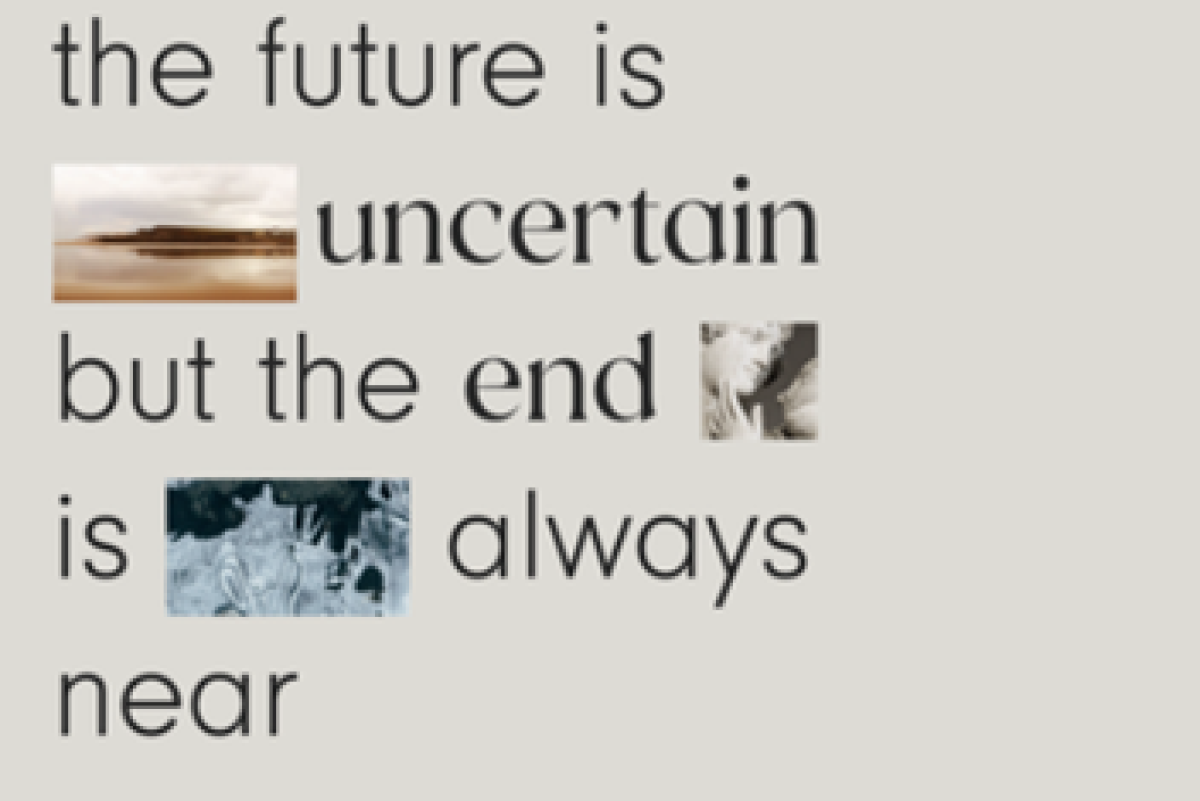Death Positive Libraries: An academic view
Dr Claire Nally and Dr Stacey Pitsillides share some thoughts on the Death Positive Libraries project and their research.
We all know that libraries are places of quiet reflection, and a hive of activity. Reading and online book clubs have become so important during the COVID-19 pandemic.
Similarly, a wide cross-section of people from all types of community have enjoyed events and resources in libraries across the country prior to lockdown. But what role do libraries have in terms of health and wellbeing, and especially, educating people about death and dying?
The Death Positive Libraries initiative was founded in 2018 and since then has grown due to user demand and public visibility.
This research project is a cross-country collaboration between Redbridge, Kirklees and Newcastle libraries and a research team from Northumbria University: Dr Stacey Pitsillides in the Department of Design, and Dr Claire Nally in the Department of Humanities.
Stacey’s recent research project ‘Love After Death’ introduces people to planning end of life using Research through Design (RtD) and invites people to think about potential futures. She uses design workshops, live testing, co-creation and visual communication to form the core of this experience. Key to this is speculative design, which she uses to foster the public’s engagement with death, dying and the blending of future technologies with ritual practices.
Claire’s work has addressed death and dying in relation to literature. She has written on the poet W. B. Yeats and his relationship with the otherworld, as well as more recently studying Cross Bones graveyard in Southwark, London.
Collectively, the project has already attracted funding from the Engaging Libraries Fund (Wolfson, Carnegie and Wellcome), which we hope to build upon in the coming months. Death Positive Libraries treat death and dying as a health and societal issue but we seek to engage the wider public in the concept of libraries as death positive spaces and their collections of books as creative resources that push us to consider our own mortality.
So the wider questions we ask relate to the role of literature and culture during times of trauma, such as death and bereavement. How can libraries provide a resource for the public seeking to understand death even before a crisis or bereavement?
Given the context of COVID-19, much of our recent work with Death Positive Libraries has been online. In hosting author events with writers as diverse as Salena Godden, Kevin Toolis, Kate Mayfield and Kathryn Mannix, we have explored death and dying in fiction, through medicine and palliative care, and via funeral services.
As we take this project forward in partnership with the library community, we will be thinking about what the Death Positive Library can mean, and how to help people think about these difficult conversations.
https://www.facebook.com/DeathPositiveLibrary

